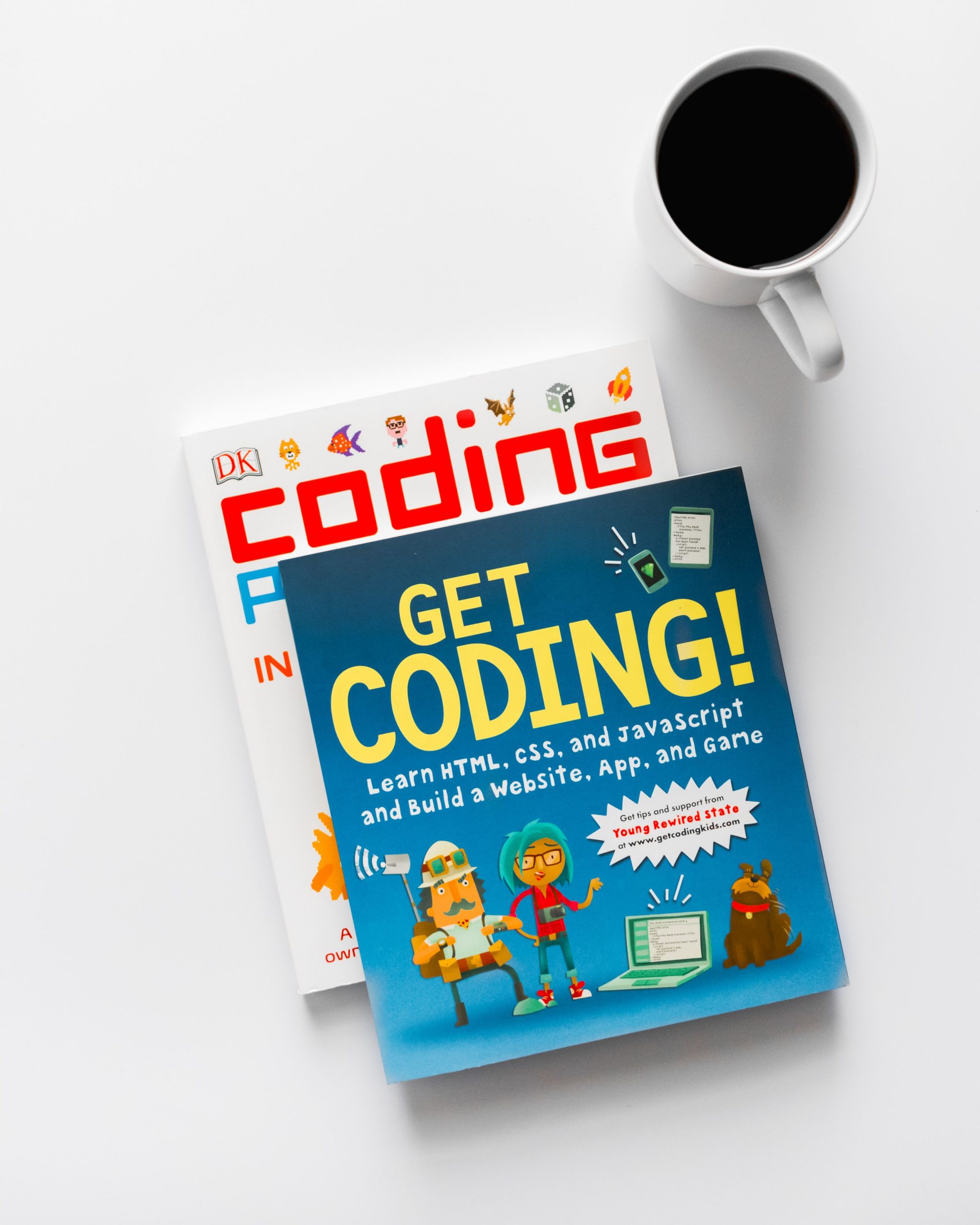Thanks to artificial intelligence (AI), computers may now learn and act without being told what to do, thanks to artificial intelligence (AI). It is at the heart of companies like Facebook and Amazon. Children can learn the essential languages used in business, such as Python and Java, and critical machine learning ideas like algorithms.
AR, AI, and gaming are all driven by machine learning algorithms to develop the most exciting and engaging game experiences loved by kids and adults alike! Kids may design entertaining games to share with their friends and family by learning how to code and understanding interactive gaming principles.
AI Gaming for Kids
For years, artificial intelligence has been the staple of sci-fi. However, such fantastic inventions as self-driving cars and robotic helpers are no longer the province of fiction, and they are gradually making their way into daily life. AI is present in every sector, from healthcare to fintech to tourism, from the ever-helpful Roomba to hands-free gaming. AI is powering everything from the simplest mundane tasks to the most complex and exciting journeys of discovery, and children can also explore AI through gaming.
How AI Powers Games
AI provides several essential services for games:
● AI generates dynamic, realistic worlds full of surprising twists that challenge players’ problem-solving skills
● AI controls the non-player characters (NPCs) behavior and responses to players, making NPCs appear alive
● AI enables game designer’s goals for level design, story, and character development to be met
● AI allows dynamic game content to be generated on the fly as needed – no player wants to play the same game twice
What Is AI Coding for Kids?
AI is already a buzzword in the gaming industry; its ever-increasing presence made several AI gaming apps a smash hit for kids and adults alike. AI also allows children to learn even more about programming languages, interactive concepts, and AI systems through AI coding for kids.
AI is also a term that encompasses some of the most exciting businesses today – and they are among the most profitable. Furthermore, AI learning possibilities aren’t restricted to industry experts, and even children can participate! We’ll look at two subfields of AI – machine learning and AI gaming – as well as how kids may get involved. What’s the first step kids can take to AI game development? Learning kids coding.
Machine Learning for Kids
A shared AI experience is the hallmark of all genuinely great AI games. However, AI can be difficult enough to comprehend even for adults who deal with it daily. Developing AI requires expertise in coding languages, API design, networking protocols, and mathematics.
Kids learning AI means learning algorithms and machine learning techniques that operate on data (such as images and text). The more kids learn about how machines work, the better equipped they will be in their future endeavors: whether it’s pursuing advanced degrees in STEM fields or mastering tomorrow’s top-notch AI gaming genres!
How Machine Learning Algorithms Work
Machine learning is what powers AI systems such as Siri, Google Now, Cortana, and Alexa. AI may also be found in robotics AI that allows the automatic movement of robotic arms or drones. AI is used for data tagging to aid in easier information retrieval – hyperlinking AI tags images on social media sites for faster viewing of posts by users, for instance.
What Kids Can Do With Machine Learning
Aside from understanding why AI sets out to do what it does beyond following pre-programmed rules (what makes AI games interesting), kids can begin designing their machine learning algorithms into AI coding.
Machine learning tasks are usually developed by AI experts, who understand how AI works and possess the necessary skills in programming languages to make AI systems function. However, children can also partake in the design of AI algorithms. There are tutorials available online that kids can learn more about AI through machine learning tasks such as image recognition, text tagging for social media posts, recommendation engines for websites, fraud detection, customer segmentation based on buying behavior, etc.
Machine Learning Algorithms in Gaming
Finite State Machine and Monte Carlo Search Tree are the most widely used machine learning algorithms in gaming.
Finite State Machine
Game developers create responses to each initial state and event that a bot can encounter while writing the FSM algorithm. Consider, for example, what happens if a human player is encountered. What happens if they are injured? How long do they stay in each place? This algorithm is basic. However, the gaming experience might get quite monotonous as the bots’ actions are very predictable. The Monte Carlo Search Tree was developed to combat this problem.
Monte Carlo Search Tree
The MasterCraft Super Stable algorithm (MCSST) is a much more complicated technique, and its creation in 2006 was a watershed moment for machine learning. Bots programmed with MCSST don’t just react to a certain number of initial states before falling into a loop. Instead, they’re taught to identify player behavior, evaluate the potential outcomes, choose which outcome would be best for the bot’s success, and so on. The algorithm builds a branching tree of potential events, consequences, and reactions – almost like a neural network in the bot’s mind! This generates many plausible outcomes for the game, making it more difficult and engaging for players.
Augmented Reality and Virtual Reality
AI games are also undergoing development, thanks to augmented reality and virtual reality (AR/VR). Virtual Reality puts gamers in a game world through a headset, while Augmented Reality projects the game environment onto reality via a mobile device’s screen. AI games are sweeping worldwide (just look at how popular Pokemon Go was in 2016!) And future generations of AI gaming creators will be at the forefront of creating some fascinating gaming experiences.
Coding for Kids
You may think it’s all fantastic, but what does this have to do with education? The way to reach the next AI game developer sensation is through learning to code. Many young video gamers will open their eyes wide when they try a coding class for AI gaming! Kids can learn about interactive gaming, machine learning, Augmented Reality and AI behaviors to create fast-paced, interactive games that they can share with their friends and family.






